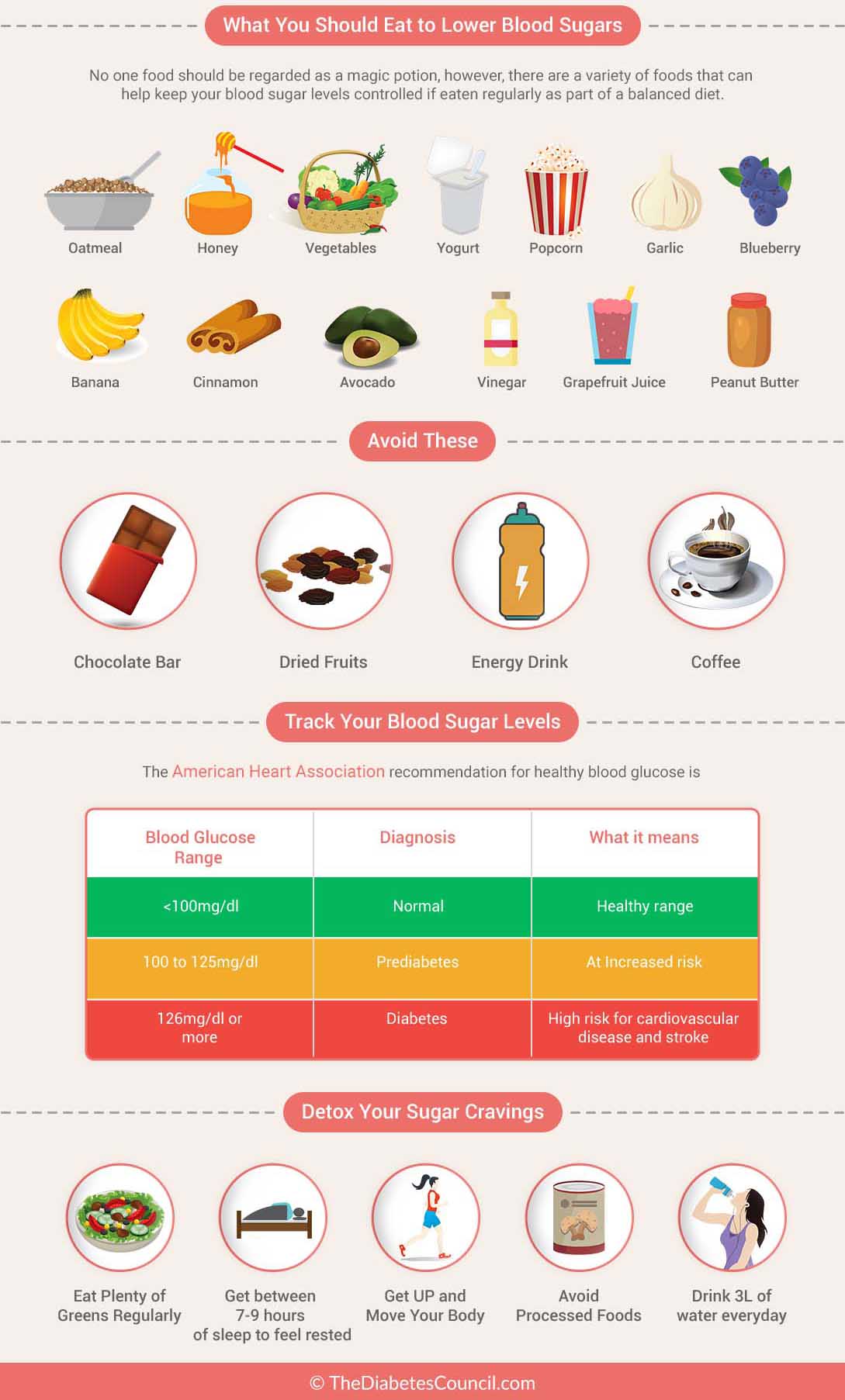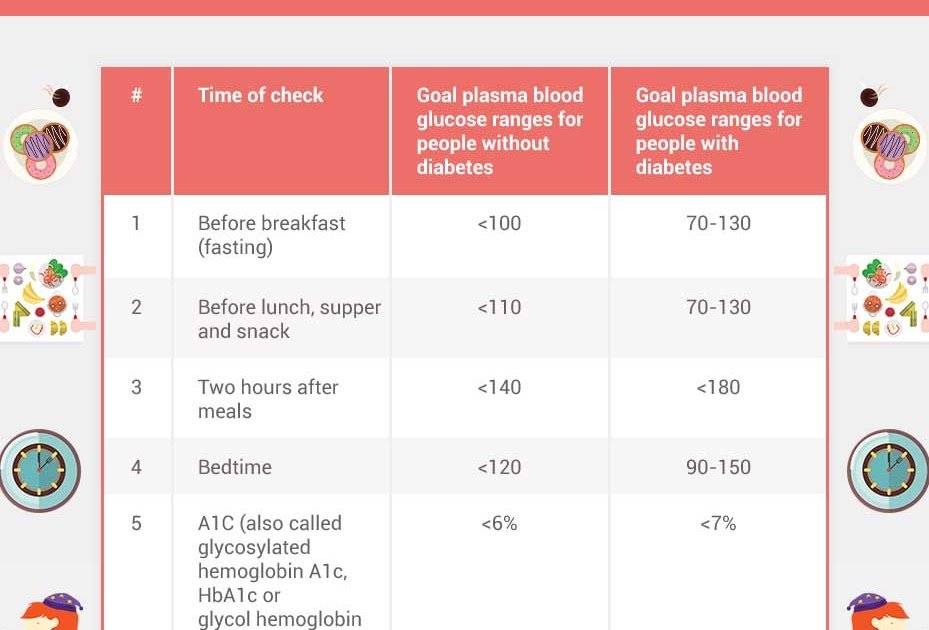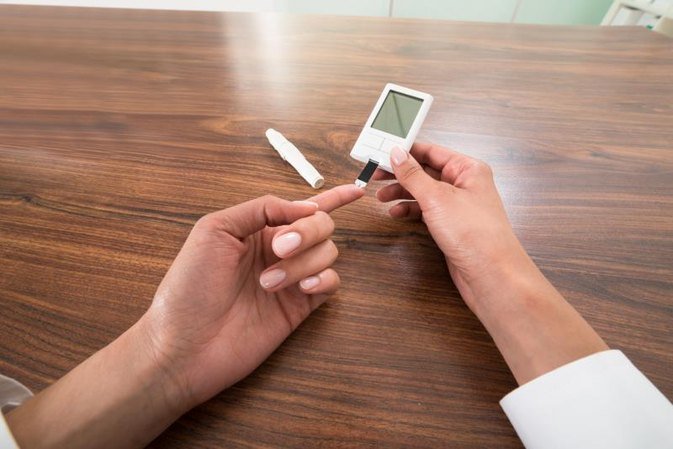Add Probiotics To Your Diet
Probiotics have significant effects on reduction of glucose, HbA1c, insulin levels and insulin resistance in diabetics, according to research. Probiotics encourage a healthy gut microbiome, which improves glucose metabolism. This positively benefits lipid profile, glycemic control, inflammation and blood pressure in diabetes type 2 patients.
Three Steps That Will Help
Step 1: drink water, not any other beverages that are made with water, like coffee, tea, or diet soda. Im speaking of water, plain or iced. This will help with rehydration because when your blood sugar is running on the high side, it can be from being dehydrated and can dehydrate you. We also eliminate excess blood sugar through urine.lots of water, of course, speed that process along.
Be Sure To Check Out Can Drinking Water Help My Blood Sugar?
Step 2: Stick to a very low-carb diet if your reading is running on the higher side. Choose foods that are protein like cheese, chicken, beef, pork, or eggs. These are straight protein foods that do not contain any carbohydrates. Once your blood sugar starts coming back to the target range, you can include carb-containing foods. This will just be a short period of time that you will need to go very low carb.
Be Sure To Check Out Sneaky Exercise For Your Diabetes Health
Planning For Sick Days
Your body releases stress hormones when you are sick, which can cause hyperglycemia. Keep taking your insulin and other diabetes medications, even if you are throwing up. If you have ketones and your blood sugar is above 240 mg/dL, call your doctor. They might also want you to call if:
- You have diarrhea that lasts more than 6 hours
- You are throwing up
- You have a high fever or trouble breathing
- You feel very sleepy or confused
Continue checking your blood sugar levels and keep track of the results.
Read Also: What Is Normal A1c For Diabetics
You Need More Of The Good Fats
Afraid how will you survive when cutting back on the belly-filling carbs? This is where the good fats step in. Healthy fats that provide Omega 3 fatty acids are your friends. Not only will they keep you full for longer, they will also improve your heart health. They form a steady, slow burning source of fuel that your body can use in place of sugars. Think ghee, grass-fed butter, coconut oil, avocado, nuts, olive oil and oily fish, for example.
What Is The Dawn Phenomenon

Your body uses glucose for energy and it is important to have enough extra energy to be able to wake up in the morning. So for a period of time in the early morning hours, usually between 3 a.m. and 8 a.m., your body starts churning out stored glucose to prepare for the upcoming day.
At the same time, your body releases hormones that reduce your sensitivity to insulin. In addition, these events may be happening while your diabetes medication doses taken the day before are wearing off.
These events cause your body’s blood sugar levels to rise in the morning .
You May Like: Alpha Cells Of The Pancreas Secrete
When To Lower Blood Sugar
Hyperglycemia
When blood sugar is too high, it is termed hyperglycemia. The World Health Organization recognises hyperglycemia as blood sugar thats above 126 mg/dL or 7.0 mmol/L in a period before eating , or above 200 mg/dL or 11.1 mmol/L two hours after eating.
When blood sugar is at this point, you should take steps to reduce those numbers. It goes without saying that testing blood sugar regularly is ideal, in order to know when youre hyperglycemic.
You may also realise that youre hyperglycemic if youre experiencing some of the following symptoms:
- Fatigue
- Difficulty concentrating
- Blurred vision
Stay in control with Hedia Diabetes Assistant get it for free from theApp Storeor!
Diabetic Ketoacidosis
According to the American Diabetes Association, when blood sugar levels start teetering towards 250 mg/dL or 13.9 mmol/L is when diabetic ketoacidosis can occur.
Ketoacidosis happens because of the bodys need for fuel. With high blood sugar, the body isnt getting any fuel in the form of glucose. Instead, the body tries to burn fat for fuel, but this process leads to ketones essentially acids building up in the bloodstream.
Symptoms of ketoacidosis can include symptoms of hyperglycemia, along with:
- Vomiting or feeling nauseous
- Dry mouth
- Pain in the abdomen
Meanwhile, diabetes.co.uk recommends checking for ketones if your blood sugar levels have been consistently above 13 mmol/L or 230 mg/dL.
How Do I Treat Low Blood Glucose
If you begin to feel one or more symptoms of low blood glucose, check your blood glucose level. If your blood glucose level is below your target or less than 70 mg/dL, follow these steps
You May Like: Optimal A1c Level
What Is High Blood Sugar
Your blood sugar level can be determined by taking a blood sample, either in a fasted state, or two hours after eating.
- If your blood sugar is less than 100 mg/dL after an eight-hour fast or less than 140 mg/dL two hours after eating, youre in the normal range.
- If you conduct a test in the morning, after sleeping for eight hours, and your blood sugar is at 126 mg/dL or higher, youve got high blood sugar.
An estimated 29 million people in the U.S. have type 2 diabetes, which is the result of blood sugar levels being consistently high. Another 86 million have prediabetes, which can lead to type 2 diabetes and cardiovascular disease. Prediabetes, however, can be reversed by finding ways to naturally lower blood sugar.
Only You Can Prevent Blood Sugar Spikes
Its annoying but true: The best way to lower your blood sugar is to avoid a spike in the first place.
Eating whole foods that are low in sugar and exercising regularly will help keep your blood sugar in check. This can be beneficial for people with type 2 diabetes, but medications may also be necessary to keep blood sugar in a healthy range.
To avoid food-based spikes, try to steer clear of added sugars in your diet. The FDA recommends consuming less than 200 calories a day from added sugars.
That sounds pretty simple, but when you realize that 16 ounces of orange juice has 240 calories , its easy to see how sugar consumption gets out of hand.
Its best to avoid all sugary drinks and check the labels. There are hidden sugars in everything from bread to turkey slices, so double-check your favorite foods to make sure you arent getting any unnecessary sweetness.
Recommended Reading: What Is A Normal A1c For A Non Diabetic
Health Consequences Of High Blood Sugar
Your overall health can be affected negatively if you leave hyperglycemia untreated. High blood glucose can also lead to a life-threatening condition known as diabetic ketoacidosis, also called the diabetic coma.
In ketoacidosis, your body starts breaking fat at once, which will result in the expulsion of ketones in your urine. But too many ketones cannot be excreted from the body rapidly, so they start accumulating in your bloodstream. Dry mouth, fruity-smelling breath, nausea, vomiting, and shortness of breath are common symptoms.
With consistently high blood sugar, you are also at risk for other serious health complications, which include stroke, heart disease, retinopathy , neuropathy , and death.
When To See A Doctor
According to the University of Michigan, blood sugar levels of 300 mg/dL or more can be dangerous. They recommend calling a doctor if you have two readings in a row of 300 or more.
See your doctor if you have consistently high blood sugar levels. Symptoms of this include:
- increased thirst
- high levels of sugar in urine
Ask your doctor how often to check your blood sugar and about your ideal blood sugar levels.
If you dont currently see a doctor who specializes in diabetes, known as an endocrinologist, you can find one by searching the American Association of Clinical Endocrinologists website.
You can find a certified diabetes educator by visiting the American Diabetes Associations website and searching by zip code.
Summary
Talk to your doctor if you have consistently high blood sugar readings or symptoms of chronic hyperglycemia.
Checking your blood sugar and then treating hyperglycemia early will help prevent any complications.
Health problems can arise when someone has high blood sugar regularly and without treatment.
Examples of complications include:
- nerve damage, called diabetic neuropathy, that may affect sensations in the feet and hands
- diabetic retinopathy, or damage to the blood vessels in the eyes that affects vision
- increased risks for kidney problems
- increased risks for heart problems
Taking steps to keep your blood sugar at target levels can help to minimize the likelihood that these complications will occur.
Also Check: What Is Nocturnal Hypoglycemia
How To Test For Ketones
You can use a urine test strip or blood ketone meter and ketone test strip to test for ketones at home. Testing either urine or blood is important, but when possible, a blood test is preferred because it gives you and your care team more precise information about your ketone levels. Because urine may have been in the bladder for some time, the results from these tests may show levels that are either higher or lower than the ketone levels that are actually circulating in your body. It is also very important to know that urine test trips degrade over time, so if you are using this method, you need to look at expiration dates carefully.
Your diabetes care team can give you specific directions about when you should check for ketones, but in general, you should check for them when your blood glucose is 240 mg/dL or higher. You should also check for ketones if you notice any of the DKA symptoms listed above or if you are sick it is possible to have ketones while your blood glucose levels are within range .
At-home urine test strips will change color to show the level of ketones in the urine. They typically report results as negative, trace, small, moderate or large. Blood ketone meters will provide a number that indicates the ketone levels. The following ranges are generally used:
Low Blood Glucose During Sleep

Your blood glucose level can drop while you sleep and stay low for several hours, causing serious problems.7 Symptoms of low blood glucose while you sleep can include
- crying out or having nightmares
- sweating enough to make your pajamas or sheets damp
- feeling tired, irritable, or confused after waking up
Although you may not wake up or notice any symptoms, low blood glucose can interfere with your sleep, which may affect your quality of life, mood, and ability to work. Having low blood glucose during sleep can also make you less likely to notice and respond to symptoms of low blood glucose during the day.
Read Also: Is 10 Units Of Insulin A Lot
Treating Low Blood Glucose If You Take Medicines That Slow Down Digestion
Some diabetes medicines slow down the digestion of carbohydrates to keep blood glucose levels from rising too high after you eat. If you develop low blood glucose while taking these medicines, you will need to take glucose tablets or glucose gel right away. Eating or drinking other sources of carbohydrates wont raise your blood glucose level quickly enough.
Treating Low Blood Sugar
You are at risk of having a low blood sugar reaction if you:
- Skip or delay a meal or snack
- Take too much insulin or eat too few carbohydrates
- Exercise
- Drink alcohol, especially without eating carbohydrates
Check your blood sugar if you have any of these symptoms:
- Weakness and/or fatigue
If your blood sugar is less than 70 milligrams per deciliter :
- Eat 15 to 30 grams of carbohydrate
- Wait 15 minutes and then recheck your blood sugar
- If your blood sugar is still less than 100 mg/dl, take another 15 grams of carbohydrate and retest your blood sugar in another 15 minutes. Repeat if necessary.
Important: If you have frequent low blood sugars speak to your doctor. You may need changes in your medication and/or meal plan.
Also Check: What Happens If You Stop Taking Diabetes Medication
What Causes High Morning Blood Sugars
Two main culprits prompt morning highs: the dawn phenomenon and waning insulin. A third, much rarer cause, known as the Somogyi effect, may also be to blame.
The occasional morning high will have little impact on your A1C, a measure of your average blood sugar levels over time that indicates how well managed your diabetes is. But if those highs become consistent, they could push your A1C up into dangerous territory.
General Tips On How To Keep You Blood Sugar Levels In Control
- Foods to eat
You should eat foods that are high in protein, fiber, and lower in carbohydrates. You should aim at having around 45 to 60 carbs for each meal. Consistency throughout the day is key to keeping blood sugar levels in control. Foods low in fat and high in nutrients should be picked to maximize your nutrition.
Vegetables and fruits are great as well as eggs, fish, beans, and oatmeal. There is also research that shows cinnamon and apple cider vinegar can help lower your sugar.
- Foods to avoid
Avoiding foods like soda, juice, pasta, candy, and other desserts can help keep your sugar from climbing too high. These foods are high in sugars and fat but low in other nutrients.
Avoiding excess alcohol is also better for you. Read the following article that I wrote about drinking alcohol when you have diabetes to learn more about this topic:
- Signs and symptoms
Signs of high blood sugar include: increased thirst and hunger, blurred vision, irritability, dry mouth, tired, and urinating a lot.
- Look for patterns
Patterns can be great because they help you figure out what is causing undesirable blood sugar values. A good way to track of it is to keep a journal of all of the food you eat, activities you do and your blood sugar levels for 1 week. During this week, check your sugar before and after you eat, as well as in between meals. Also document any insulin that you give yourself.
- Test sugar levels regularly
You May Like: What Is A High Blood Sugar Reading
What Should My Blood Sugar Level Be
When you’re first diagnosed with diabetes, your diabetes care team will usually tell you what your blood sugar level is and what you should aim to get it down to.
You may be advised to use a testing device to monitor your blood sugar level regularly at home.
Or you may have an appointment with a nurse or doctor every few months to see what your average blood sugar level is. This is known as your HbA1c level.
Target blood sugar levels differ for everyone, but generally speaking:
- if you monitor yourself at home with a self-testing kit a normal target is 4 to 7mmol/l before eating and under 8.5 to 9mmol/l 2 hours after a meal
- if your HbA1c level is tested every few months a normal HbA1c target is below 48mmol/mol
The Diabetes UK website has more about blood sugar levels and testing.
How Can High Blood Sugar Levels In The Morning Be Controlled
Once you and your doctor determine how your blood sugar levels are behaving at night, he or she can advise you about the changes you need to make to better control them. Options that your doctor may discuss depend on the cause of the morning high blood sugars.
For dawn phenomenon:
- Changing the timing or type of your diabetes medications
- Eating a lighter breakfast
- Increasing your morning dose of diabetes medication
- If you take insulin, switching to an insulin pump and programming it to release additional insulin in the morning
For Somogyi effect:
You May Like: Normal A1c Level
What Is The Somogyi Effect
A second possible cause of high blood sugar levels in the morning is the Somogyi effect, sometimes also called rebound hyperglycemia. It was named after the doctor who first wrote about it.
If your blood sugar drops too low in the middle of the night while you are sleeping, your body will release hormones in an attempt to rescue you from the dangerously low blood sugar. The hormones do this by prompting your liver to release stored glucose in larger amounts than usual. But this system isnt perfect in a person with diabetes, so the liver releases more sugar than needed which leads to a high blood sugar level in the morning. This is the Somogyi effect.
How Do I Check For Ketones

There are two ways to check for ketones:
- Step 7
Ketone strip storage
- Keep ketone strips at room temperature between 59° and 86° F. Keep them out of direct sunlight.
- Step 8 After opening the first time, write the date on the bottle.
- Always put the lid back on right away after opening.
- Do not keep them in the bathroom because the moisture could ruin the strips.
- Throw the ketone strips away 6 months after first opening if they are not gone.
- Do not use them after the expiration date. Call your pharmacy for a refill.
Steps to check for blood ketones:
Don’t Miss: What Is A Normal A1c For A Nondiabetic Person

